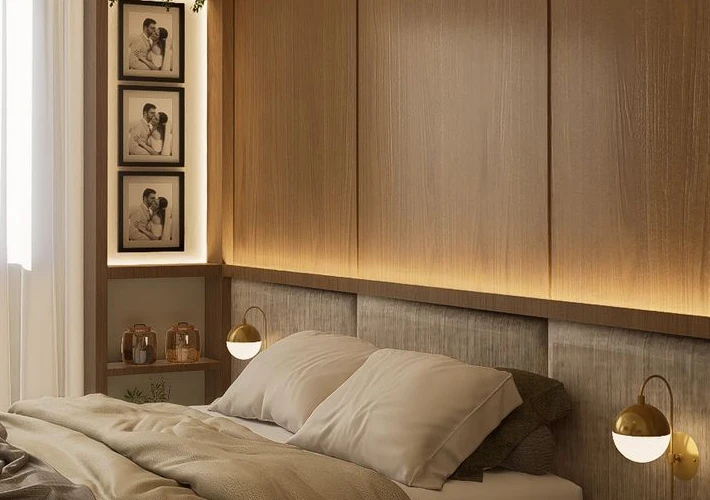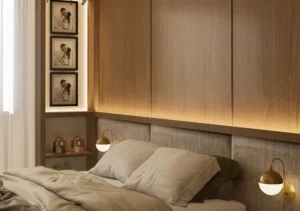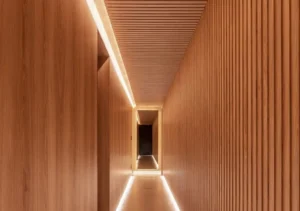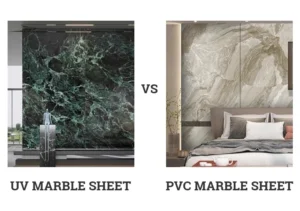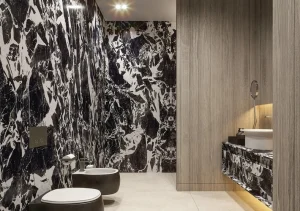Table of Contents
ToggleIntroduction
In recent years, the architectural and interior design industries have witnessed a paradigm shift toward sustainable, eco-friendly, and multifunctional materials. Among the many innovative products emerging in this space, Bamboo Charcoal Wood Veneer has gained remarkable attention. By combining natural bamboo fibers with the properties of activated charcoal, this material not only provides an elegant decorative surface but also offers added benefits such as air purification, humidity regulation, and sustainability.
As green building certifications like LEED, WELL, and BREEAM continue to influence construction practices worldwide, materials such as bamboo charcoal veneer are becoming a preferred choice for designers, builders, and developers. Beyond aesthetics, they meet the growing demand for functionality, sustainability, and cost-effectiveness.
As a Bamboo Charcoal Wood Veneer factory in China, we have been actively engaged in developing, manufacturing, and exporting this innovative material, enabling overseas clients to enjoy high-quality, eco-friendly solutions at competitive prices.
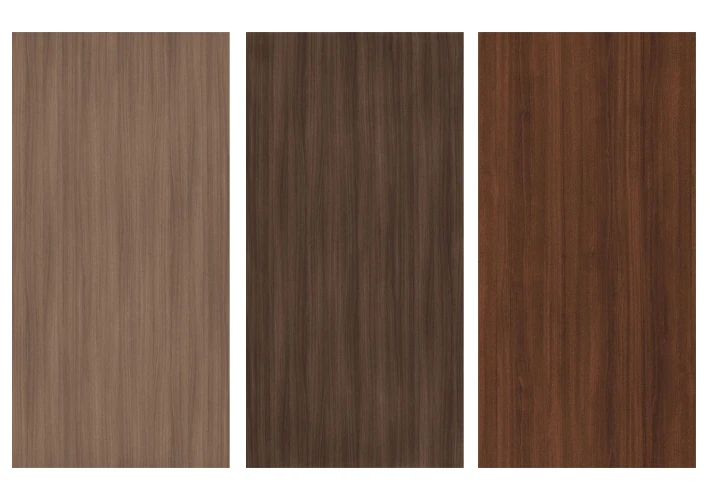
Global Market Overview
Rising Demand for Sustainable Materials
The global demand for engineered bamboo products is projected to expand steadily over the next decade. According to market research, engineered bamboo and related bamboo products are expected to grow at a CAGR of 4–6% due to their low carbon footprint, renewable sourcing, and versatile applications. Bamboo charcoal veneer, as a niche within this sector, is riding the wave of sustainable innovation.
Air Quality and Wellness as Key Drivers
Consumers and developers are increasingly concerned about indoor environmental quality (IEQ). Bamboo charcoal veneer provides a unique selling point—its porous structure helps adsorb volatile organic compounds (VOCs) such as formaldehyde and benzene, contributing to healthier indoor spaces.
Expanding Applications Across Regions
- North America & Europe: Demand is driven by certifications, eco-conscious consumers, and high-end design trends.
- Middle East & Southeast Asia: Growth is fueled by rapid urban development, cost-conscious buyers, and demand for durable decorative panels.
- China & Asia-Pacific: As the world’s main producer of bamboo materials, this region leads in manufacturing innovation and exports.
Technological Advancements in Bamboo Charcoal Veneer
Improved Air Purification Capabilities
Bamboo charcoal’s microporous structure enables it to adsorb harmful gases, odors, and moisture. By integrating these properties into decorative veneer, manufacturers create panels that are both beautiful and functional.
Enhanced Durability
Traditional bamboo products are often sensitive to moisture and pests. However, advanced lamination techniques, composite backings, and surface coatings have significantly improved durability, making bamboo charcoal veneer suitable for both residential and commercial projects.
Fire and Moisture Resistance
Factories in China are now adopting advanced treatments to improve the fire resistance and waterproofing of bamboo charcoal panels. This development makes the product viable in environments like kitchens, bathrooms, and high-traffic commercial areas.
Large-Scale, Automated Manufacturing
With the help of CNC machines, hot-pressing technology, and continuous production lines, bamboo charcoal veneer can now be produced in bulk while ensuring consistent quality. This scalability makes it more accessible for large architectural projects.

Architectural Applications
Residential Spaces
- Living rooms and bedrooms: Offering natural aesthetics with air-purifying benefits.
- Children’s rooms: Providing a healthier environment by reducing VOCs.
- Kitchens and bathrooms: With waterproof-treated veneer, bamboo charcoal panels are becoming practical in humid conditions.
Commercial and Public Spaces
- Hotels and resorts: Combining luxury design with eco-friendly branding.
- Offices: Enhancing productivity with improved air quality and sound absorption.
- Healthcare facilities: Hospitals and nursing homes benefit from air purification and anti-bacterial potential.
Acoustic and Decorative Functions
When paired with acoustic substrates, bamboo charcoal veneer can double as sound-absorbing panels for theaters, auditoriums, and conference rooms, creating a balance between functionality and aesthetics.
Design Trends and Aesthetics
Dark, Natural Textures: Bamboo charcoal veneer naturally features deeper shades and matte finishes, aligning with minimalist and luxury design trends.
Modular Paneling: Designers are demanding modular solutions that allow easy installation and replacement.
Hybrid Designs: Integration with smart sensors, vertical gardens, or LED lighting is creating multifunctional design solutions.
Certifications and Standards
To gain trust in international markets, bamboo charcoal veneer must comply with rigorous standards:
- Low VOC Emissions: Certified products appeal to environmentally conscious clients.
- Fire Resistance Ratings: Especially important for commercial projects.
- Sustainability Certifications: FSC, PEFC, or equivalent eco-labels enhance credibility.
Chinese factories, including ours, are investing heavily in testing, certification, and quality assurance to ensure compliance with international building codes.
Supply Chain and Export Potential
Raw Material Advantages
China, Southeast Asia, and other bamboo-rich regions have abundant raw materials, ensuring steady supply. This gives Chinese factories a competitive edge in scalability and pricing.
Export Opportunities
- North America/Europe: High demand for certified, eco-friendly materials.
- Middle East/Africa: Focus on durability and affordability.
- Southeast Asia: Preference for innovative, multi-functional decorative panels.
As a China-based Bamboo Charcoal Wood Veneer factory, we export worldwide, offering both high-end certified products and cost-effective solutions tailored to different markets.
Challenges and Risks
Over-promising Performance: While bamboo charcoal adsorbs pollutants, saturation levels vary. Clear labeling and transparent testing are necessary to manage customer expectations.
Environmental Compliance: The carbonization process requires proper emission controls, adding to production costs.
Competition: With more players entering the market, differentiation through design, certifications, and innovation will be critical.
Durability Concerns: Long-term studies and warranties will help build buyer confidence.
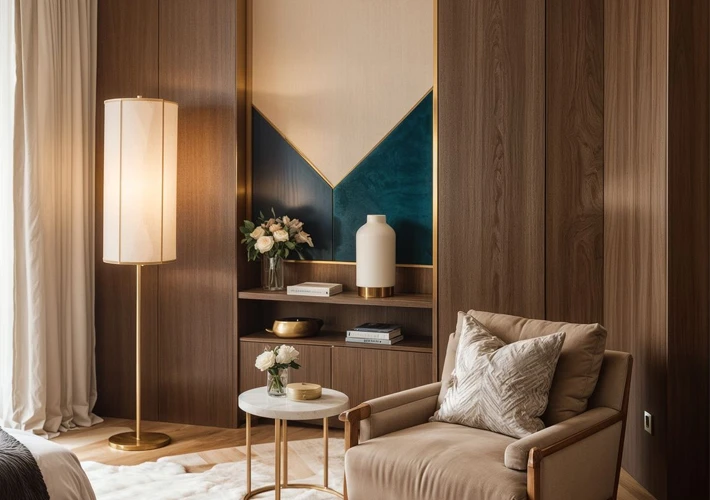
Future Development Opportunities
Smart Integration: Combining bamboo charcoal veneer with IoT sensors for real-time air quality monitoring.
Composite Innovation: Blending with WPC (Wood Plastic Composite) or SPC (Stone Plastic Composite) for better durability.
Circular Economy: Developing recycling systems for expired veneer panels to re-activate charcoal or reuse bamboo fibers.
High-End Branding: Collaborating with global design firms to position bamboo charcoal veneer as a premium eco-material.
Conclusion & Call to Action
The future of Bamboo Charcoal Wood Veneer in architecture looks highly promising. Its combination of eco-friendliness, functional benefits, and modern aesthetics makes it an ideal choice for residential, commercial, and public projects. As sustainability becomes a core principle in construction, demand for this material will only accelerate.
We are a Bamboo Charcoal Wood Veneer factory in China, specializing in high-quality production, international export, and customized solutions for B2B clients worldwide. Whether you are a wholesaler, importer, or architectural design firm, we can provide professional guidance, reliable supply, and competitive pricing.
👉 Contact us today to discuss your project needs and explore how bamboo charcoal wood veneer can add value to your business.


